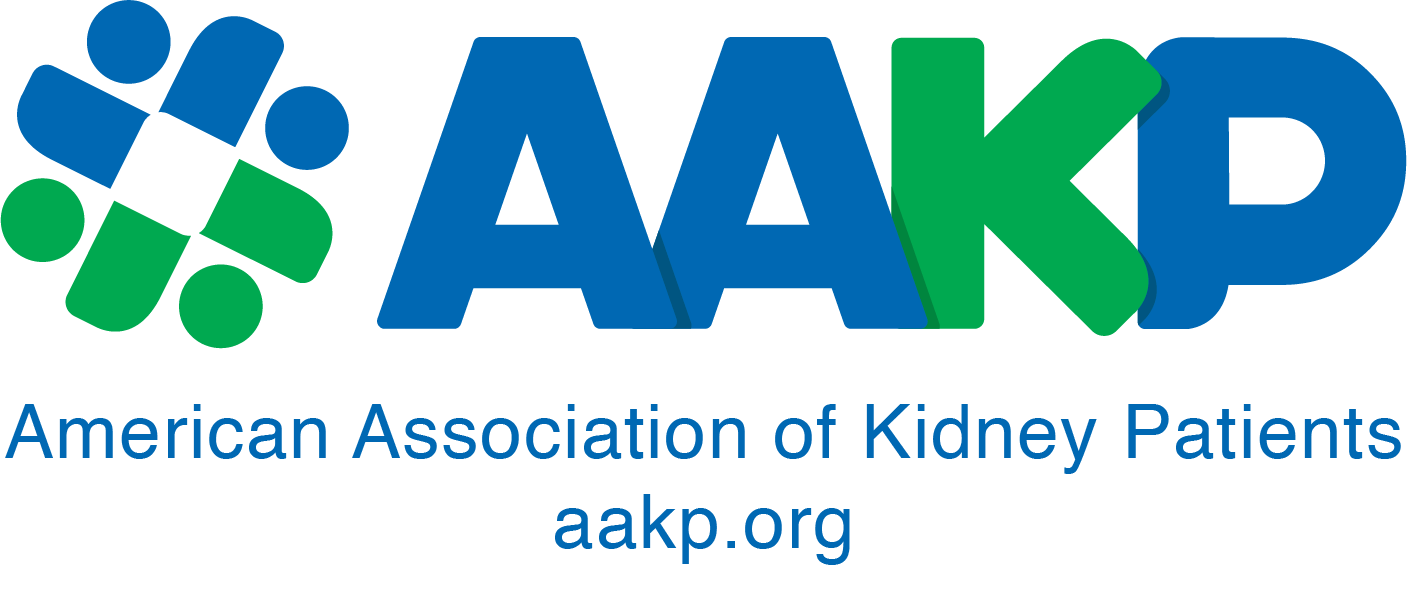Dialysis, a substitute for kidney function, removes toxins and fluids from the body. During hemodialysis blood is removed from the body and spread through a man-made dialysis filter. The filter removes toxins and fluid from the blood, and then returns the blood back to the body. Peritoneal Dialysis (PD) uses the peritoneum, the lining of the abdominal organs, as a natural cleaning system. This lining is a natural space that can be filled with sterile PD fluid. Toxins and excess fluid move from the blood vessels within the peritoneum into the PD fluid and then the fluid is drained from the body by a permanently inserted plastic tube (“catheter”).
When the “outside world” comes in contact with the “internal world” of our body we are at risk for developing an infection. For example, the skin is one of our best physical defenses against infection and when damaged or punctured, bacteria can enter our body. During hemodialysis, needles inserted into a dialysis access and blood circulating outside our body are potential sources for infection. Dialysis staff must be very cautious with sterile technique when inserting needles and when making all tubing connections. In PD, if bacteria enter the body through the PD fluid or around the outside of the catheter then infection might occur. To avoid infection the PD patient needs to make sure technique is perfect. Infections are very dangerous and are a major cause of hospitalization and death in dialysis patients. Infection of the peritoneal space is called peritonitis. Peritonitis is the leading cause of PD failure and why patients have to change to hemodialysis. Peritonitis plagued PD in the 1980’s and 1990’s but rates have dramatically improved. Many PD programs now boast peritonitis rates of only one infection per patient every five years or longer. Though improved technology is responsible for some of the improvement, patient technique and improved patient education has also helped. Fortunately peritonitis caused by PD technique error is nearly completely preventable and is controllable by the patient!
Though peritonitis can occur for reasons unrelated to PD, for example appendicitis, most causes of peritonitis in PD patients are related to the procedure of PD treatment. Two major possible ways for infection include a connection contamination or a catheter related infection. Catheter related infections usually start as an infection of the skin surrounding the exit site of the catheter.
Connection errors occur when patients make errors preparing to start PD or when connections are made between different parts of dialysis equipment. Probably the most important part of preventing infections is perfect hand washing. We ask our patients to wash their hands with anti-bacterial soap three times for a total time of two minutes. Instead of using a timer our patients sing ”Happy Birthday” three times (it takes about 40 seconds) for each of the three times they wash their hands. Then they dry their hands with paper towels and shut off the water with a paper towel and not their bare hand. Our nurses re-train our patients on a regular schedule but I also make my patients wash their hands for me every three months. I make sure they wash from finger tips to several inches above the wrist, between their fingers and scrape under their fingernails. They always appreciate the feedback as well as the concern the entire team demonstrates for their well-being. We also believe that wearing a mask prevents infection too. During a quality improvement project we did several years ago we found out that half of our patients who neglected to always wear a face-mask developed peritonitis. That was a very easy problem to fix!
Preventing catheter related infections starts with surgical insertion. The dialysis facility should have a plan for catheter insertion that includes laxatives prior to catheter insertion, one dose of intravenous antibiotics at the time of surgery and a protocol for catheter care after insertion. Trauma is a major risk factor for developing exit site infections so we always make sure the catheter is appropriately un-movable. Patients clean the exit site daily and then apply a small dab of antibiotic cream to the exit site. Finally patients are taught to recognize early signs and symptoms of infection and they call us right away for evaluation and management. Most cases of peritonitis resolve promptly after treatment with antibiotics. Typically, antibiotics are added to the peritoneal fluid daily for 2-3 weeks and the staff monitors closely until the infection is gone. Nevertheless, every episode of peritonitis can have a long lasting bad impact on patient health and should be prevented.
Unfortunately, some patients have repeat episodes of peritonitis. The medical staff needs to determine if the episode represents a return of a previous infection or rather a new episode of peritonitis. If it a new episode then the patient needs a thorough re-training and education to prevent peritonitis. If it is a return of a previous infection then there is a strong possibility the catheter itself is infected and probably needs to be removed. Sometimes if the infection is controlled the catheter can be removed and replaced at the same time and the patient can continue PD without interruption. However, if the infection is not controlled the catheter is removed and the patient receives temporary hemodialysis until a new catheter can be re-inserted.
Patients are their own best advocates. We would never let a health care professional take care of us without appropriately clean and correct technique. So why would patients compromise on the care they provide for themselves. Peritonitis is a preventable event and the patient should involve the dialysis team to help but ultimately the patient has control and should make sure it doesn’t occur!
























